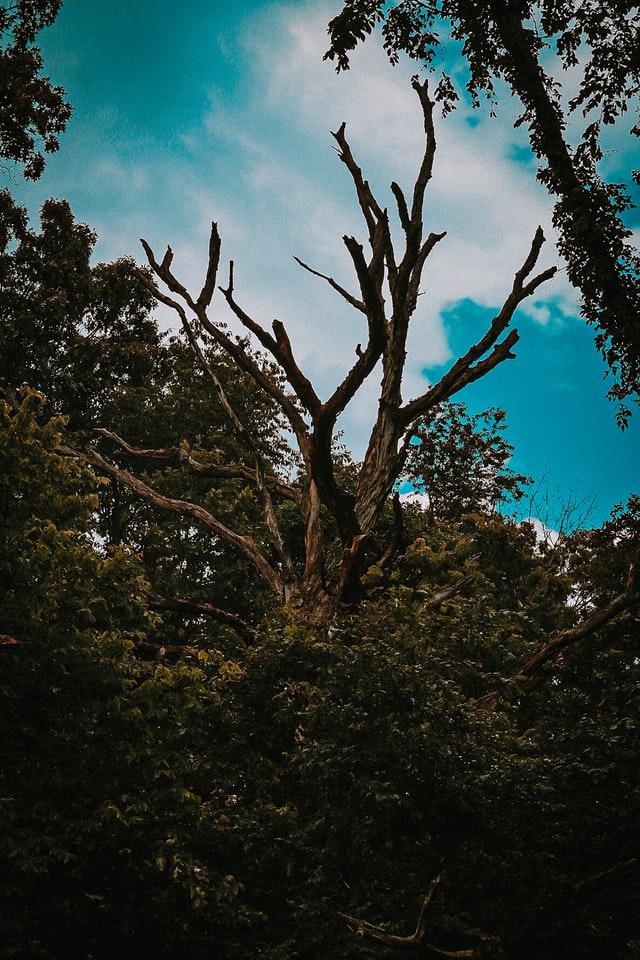We are no strangers to adverse weather here in Connecticut. Following heavy snow and wind from storm Cooper we know that some of our customers may be concerned about their trees.
Hanging broken / damaged branches
This is usually the first thing that people spot, but it’s not always the most obvious. Branches can have early signs of cracks and splits but not actually be hanging off yet. It can be more difficult than many people realize to spot branches that could be prone to falling – which is why professional inspection can be so important.
Dead branches
Dead branches can be just as risky as damaged and hanging ones. Often tree owners don’t realize that they are dead, and several months, even years go by whereby they may eventually fall to the ground. Look out for branches that hold their leaves and don’t drop them like the rest. Bark falling off and large fungi growing on the branch.
Cavities / rotting wood
Look for cavities or wood rot around the trunk and major branches.
Leaning tree
If your tree is leaning it is important to have it assessed by a professional arborist to determine whether it is safe or not; they will consider the length of time it has been leaning, possible changes, what the tree is leaning towards etc.. Some trees do naturally lean so it is not always an immediate cause for concern, however, it is safer to have the tree professionally inspected.
Changes in the bark
Check for cuts or peeling bark around the trunk – assuming that this is not a trait of the species.
Loose soil / changing soil around base of tree
Look out for any changes to the soil around the base of the tree as this can indicate problems with the integrity of the roots. Sometimes this can occur from construction disturbances which go unnoticed for many years.
Yellow / brown leaves
Generally a tree with brown leaves in the summer suggests that something is wrong. In the wintertime when there may not be leaves to look out for, check carefully for signs of buds on the branches; if you can’t see any then the tree may be dead.
Fungus around base
A large amount of fungus growing around the roots of the tree can suggest that the tree has significant root rot. If the roots are also lifting out of the ground, this is another tell-tale sign that the tree may become unstable and need removing.
If you are concerned about any of your trees, speak to a licensed arborist; they can recommend correct pruning and tree care to remove dead and damaged branches, reduce wind resistance and help to maintain the safe integrity of the tree. Removing the correct amount from the right limbs is important as removing too much can have the opposite effect and be worse for the tree.
Be sure to select a well-rated, licensed and insured arborist such as Mad Beaver Tree Service and Stump Grinding to undertake any tree inspection and pruning work.

